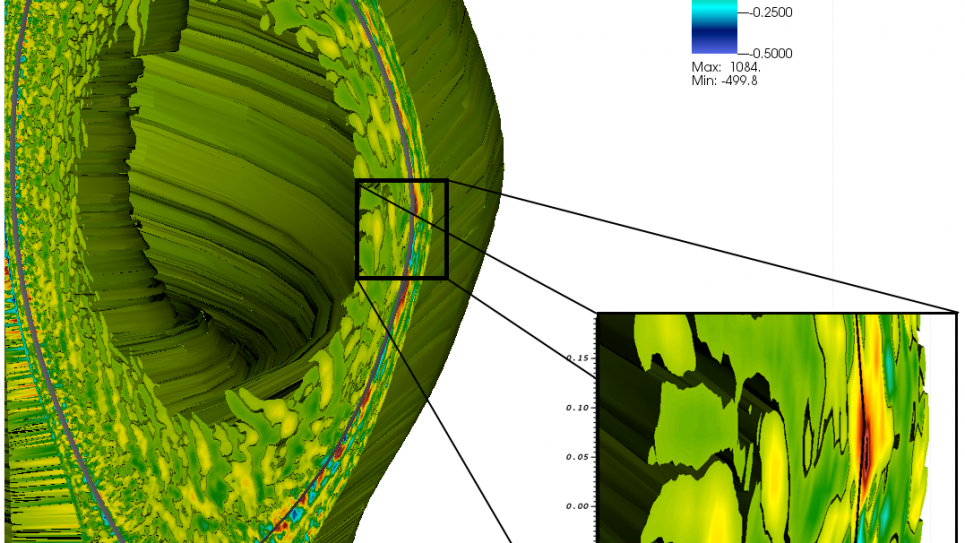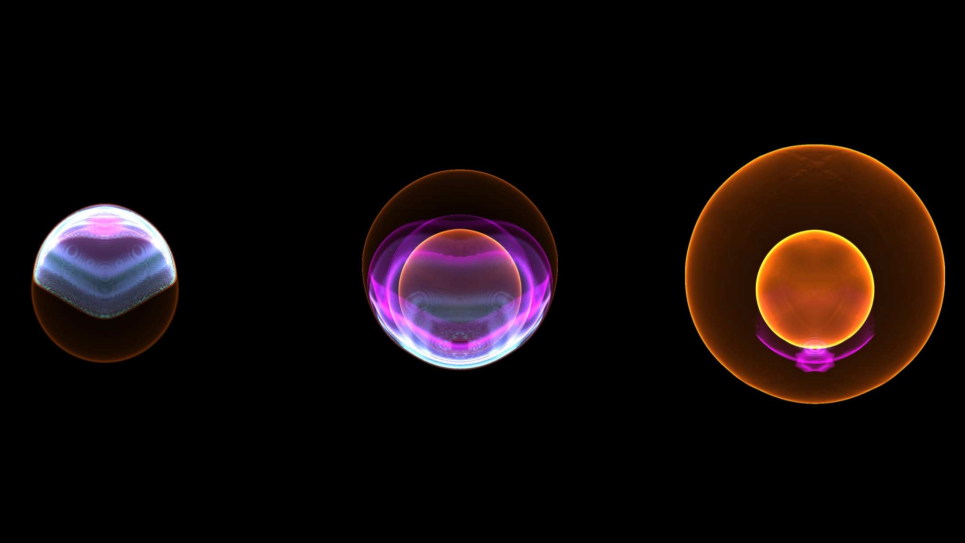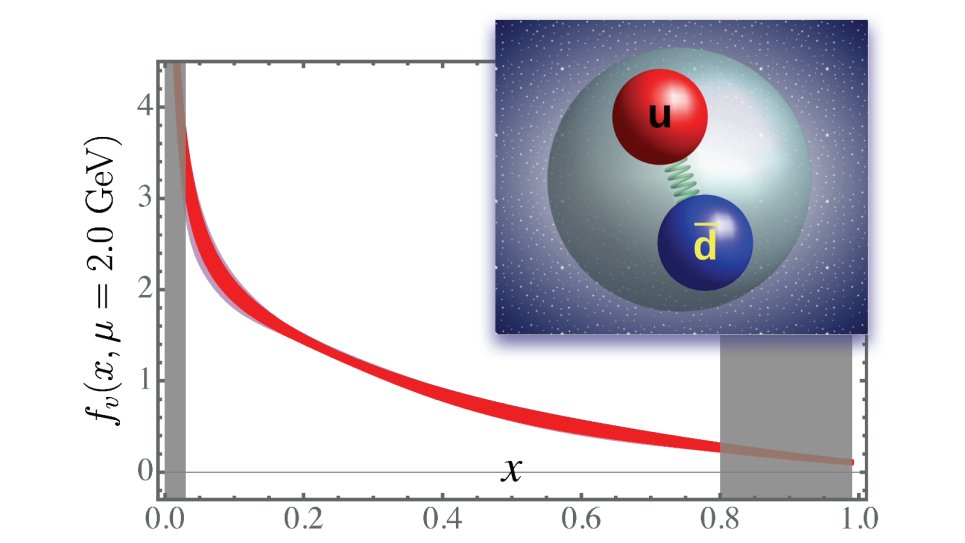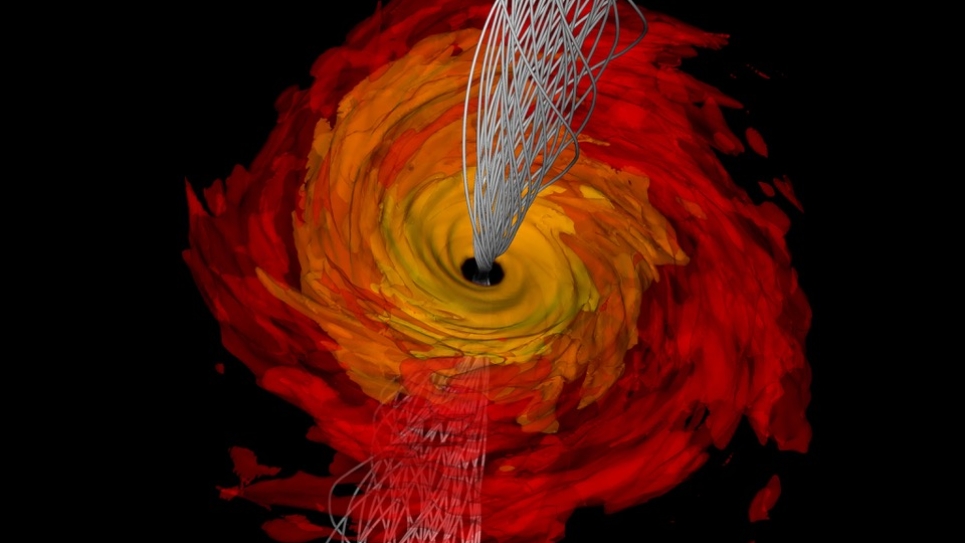
High-fidelity Simulation of Tokamak Edge Plasma Transport
It is a common prediction that the world’s oil resources will run out in less than 50 years if the oil production rate should increase to meet the rise in world energy demand. In the extraterrestrial world, thermonuclear fusion energy has been stably powering the sun and the stars for billions of years. Its energy source is virtually inexhaustible and intrinsically safe.
This project is to study tokamak edge plasma physics and transport, which are known to have a critical impact on the performance of a tokamak fusion reactor. Extreme scale computing is required because of the nonlinear multiscale, multiphysics nature of the problem in complex magnetic and wall geometry.
We propose a comprehensive electromagnetic turbulence study. There is a vast amount of physics phenomena to study. The majority of the important turbulence modes will be included in the simulation, such as the ion temperature gradient and trapped electron mode (ITG-TEM), drift-Alfvenic, resistive ballooning, intermediate wavelength kink-peeling, short wavelength kinetic ballooning, intermediate to short wavelength tearing, and other modes. These modes are expected to self-organize, not only among themselves, but also with the background neoclassical dynamics, radial electric field, edge plasma flows, impurity particles, and neutral particles. Many of the important experimental observables will be attacked in collaboration with the experimental participants in Edge Physics Simulation (EPSI). The three-dimensional magnetic perturbation edge physics, which has been successfully conducted in the neoclassical guiding center particle code, XGC0, with a limited capability without turbulence, will be upgraded to XGC1 in the EPSI project.
Successfully solving and understanding a few of the above problems cannot be done outside of the INCITE program; XGC1 is currently the only working edge gyrokinetic code in realistic diverted geometry in the world fusion program.


